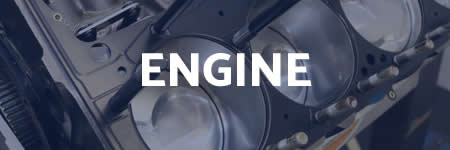The Hydraulic braking system - Introduction
The Hydraulic braking system is used to reduce speed and to bring the vehicle to a standstill at robots, stops and many other situations.
The hydraulic braking system comprises of the following parts.
- The brake pedal, at the drivers feet, next to the accelerator pedal.
- A brake booster.
- A brake fluid reservoir, usually found in the engine compartment.
- Brake disk assembly, initially only found inside the front wheels, but later models.
- Older model vehicles has brake drum assemblies, but this does not feature in later upmarket models any more.
- The Hand Brake Assembly (Emergency Brakes)


How does brakes work?
When the brake pedal is depressed, hydraulic pressure forces the brake pads in the disc calipers, fitted to the front wheels, against the brake disks, and the brake shoes against the inner sides of the brake drums fitted to the rear wheels.
The resulting friction causes the vehicle to slow down. This pressure must be maintained to stop the vehicle.
How does the brake booster work?
The brake booster uses engine vacuum to assist in the braking action and to reduce the foot pressure required to activate the braking system.
The hand brake or emergency brake system.
In older models a cable arrangement connects the rear brake rum assembly to the parking brake lever, normally situated next to the driver seat.
When the parking brake is engaged, the rear brake assembly is activated.
The hand brake is usually used when static at a robot or other static situations.
It is also applied when a vehicle is parked and when leaves unattended.
It is also used in emergency situations where the primary braking system fails.

What are brake pads made from?
A speeding car has loads of energy and, when you stop, virtually all of it is converted into heat in the brake pads.
The brakes in a typical car can easily heat to temperatures of 500°C (950°F) or as much as 750°C (1400°F) in a Formula 1 car! That's why brake pads have to be made of materials that won't melt, such as alloys, ceramics, or carbon-based composites.
Whatever they're made from, brakes slowly wear out over time; fine dust ("particulates") from disintegrating brakes is now recognized as a significant source of air pollution.
How disc brakes work - Part 1
The drum brake system
How the brake booster works ?
Amti Lock braking System (ABS)
CALL ME BACK
CALL


















